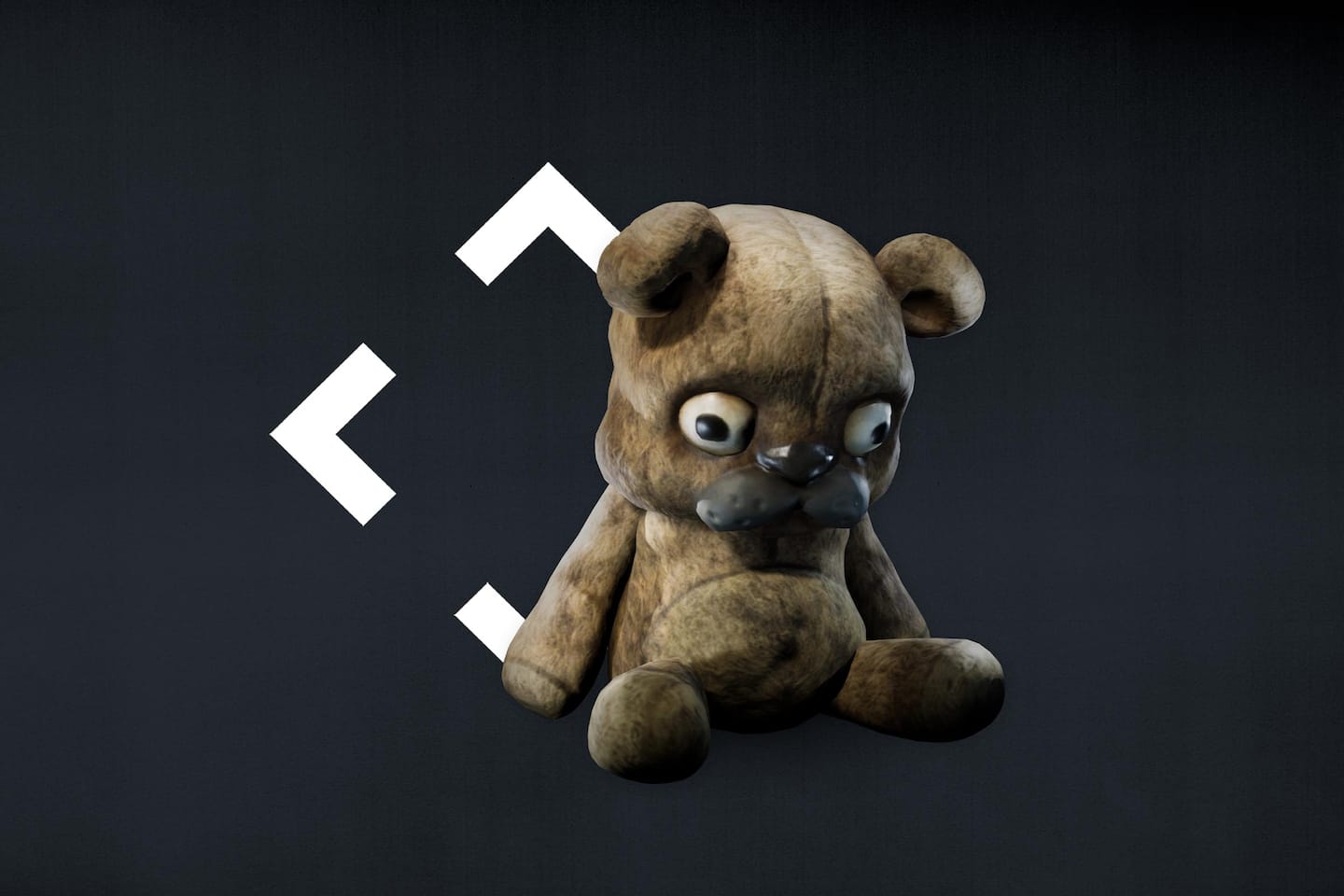30 minutes with ‘Little Nightmares II’: Building upon the scares of the original

The sequel, “Little Nightmares II,” is slated to release on February 11, 2021, and after playing a half-hour demo, I noticed some excellent changes to the series’ formula. Much like the first game, it’s a brilliantly atmospheric 2.5D platformer (when there’s depth in a 2D environment, with a restricted camera angle), but players will interact more directly with foes than before, scares are more frequent (and intense), and you play as a new protagonist.
The short demo took place within a dilapidated hospital that’s abandoned save for mannequins that can suddenly come to life. The spooky feel and haunting sound design make for a terrifying experience: I held my breath as mannequin arms creaked and squeaked as they reached out from the cracks of walls to try and smother me. Once again, the game isn’t reliant on jump scares, and instead puts the focus on atmosphere and horrifying enemy designs, like the mannequins with bandaged heads or severed hands that chase you. On several occasions, I couldn’t help but scream.
Mono, a boy with a paper bag over his head, is the star, and he’s accompanied by Six, a young girl in a yellow raincoat who fans of the first game will recognize as the original protagonist. Players control Mono, whereas Six is an AI character, but don’t mistake this for a long escort mission. Six is helpful, and she can’t die (as far as I could tell in this small slice of the game). She boosts you up so you can climb onto hard-to-reach ledges and occasionally picks up items to solve a puzzle. And playing as Mono, you have a new tool that changes everything: A flashlight.
The flashlight is integral. It brightens dark hallways much like Six’s lighter did in the original, but the twist is that it’s used to stop enemies in their tracks. Similar to defeating Boo ghosts in the “Super Mario” series, you shine the flashlight in an enemy’s direction and they’ll pause until you turn the light away. This can make for sticky situations when several mannequins are surrounding you at once; you have to carefully run away while also shining your flashlight back at the group so they don’t get close enough to murder you.
The flashlight makes for an excellent gameplay mechanic, and I loved never knowing which mannequins would spring to life and which would stay still. My fears skyrocketed during these moments, since they’re rooted in unpredictability. I was never safe for long.
Aside from mannequins, another enemy type I encountered were severed hands. In particular, I had to kill a couple of them by using an oversize hammer. The hammer had an appropriate and satisfying heaviness to it, making Mono’s swings slow. I had to carefully time each blow to avoid death. Perishing at the hand (get it?) of this foe is terrifying, too: They jump like frogs and grab hold of your face like the facehugger from “Alien.”
Of course, this is still a puzzle platformer. I was never stumped for long; “Little Nightmares II” has a good, balanced difficulty. My favorite puzzle made use of light: I had to turn off lights to bait an enemy to come towards me. This made them stand up from their wheelchair, which then rolled back toward a small, upper window I couldn’t previously access. This was my escape route.
Like its predecessor, “Little Nightmares II” has a striking atmosphere. Playing with headphones made it feel like flies were buzzing directly in my ears as they swarmed a dead body in a bathtub, and a steady but ominous dripping could be heard as I investigated showers that looked like they hadn’t been cleaned in years. Combined with its excellent scares, it looks to be a memorable experience.
Read more:






